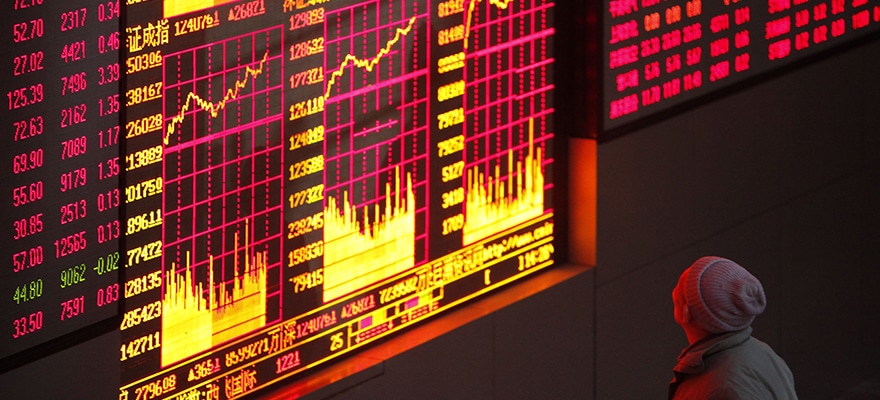The wild convulsions across China’s stock market has yielded an unforeseen phenomenon, an increase of its domestic bond market that has for the past few months been the greatest recipient of widespread Volatility .
Given the relentless fluctuations across many of China’s stock indices, namely the Shanghai Composite Index (SSE), many investors and market participants have gravitated towards China’s bond market. The reason for this is largely an aversion to risk given the relative safety garnered from fixed income. This trend has even reverberated beyond the markets however, with many Chinese firms delaying the acquisition of new technology, a factor which could Ripple to the larger technology market over the next few months.
One other caveat in this phenomenon and move towards bonds is the campaign that the Chinese central bank has pursued, routinely easing its monetary policy in a bid to help stabilize a decelerating economy.
Looking closer at the fixed income market in China, yields on five-year Chinese government bonds have fallen from 3.47% in April to just 2.92% this week – it is worth noting that more than half of that decline has occurred since late August with the stock market largely in free-fall mode. After peaking in June, the SSE has capitulated below the 3000.00 handle, having largely stabilized above this key level since then.
Furthermore, gross bond issuance managed to total $2.0 trillion (RMB 12.6 trillion) over the first eight months of 2015, which is good for a 63% jump over the same period a year ago. At the time of writing, China is currently auctioning 10-year government bonds at its lowest yield since 2008. The pricing is by and large associated with a widespread belief that the Chinese debt market has climaxed and even overheated.
According to Yang Chen, a Senior Rates Strategist at Bank of America Merrill Lynch (BAML), in a recent statement on the debt market: “We have seen bullish bonds throughout the year, but looking ahead a sustained rally in bonds will probably require a further deterioration in economic growth or more aggressive easing, which does not seem to be likely.”
Two prevalent forces, monetary easing and low inflation, having contributed to the aforementioned decline since April, are now dictating interest rates in China. This has include China’s ambitious monetary policy, which has seen its central bank cut rates no less than five times since November 2014 – additional slashes to the ratio of deposits that banks must hold have also changed the playing field.
It will be interesting to see if this trend holds as the Chinese central bank has shown an acute willingness to make the necessary moves to foster its overall agenda. With appetites for risk waning in China and abroad, fixed income could be poised for a greater role in Q4 2015 and beyond.

















